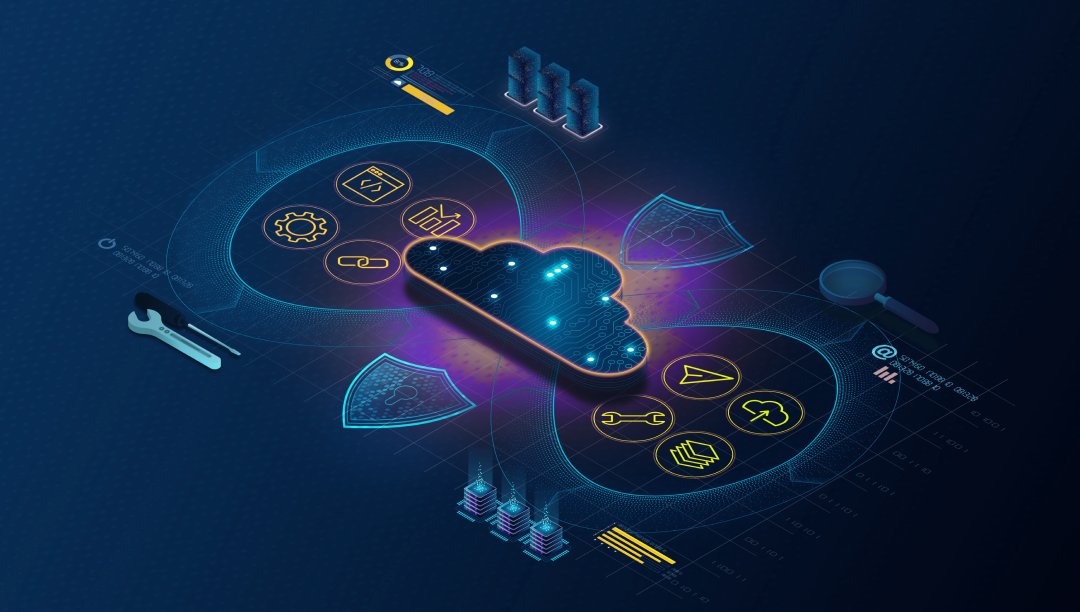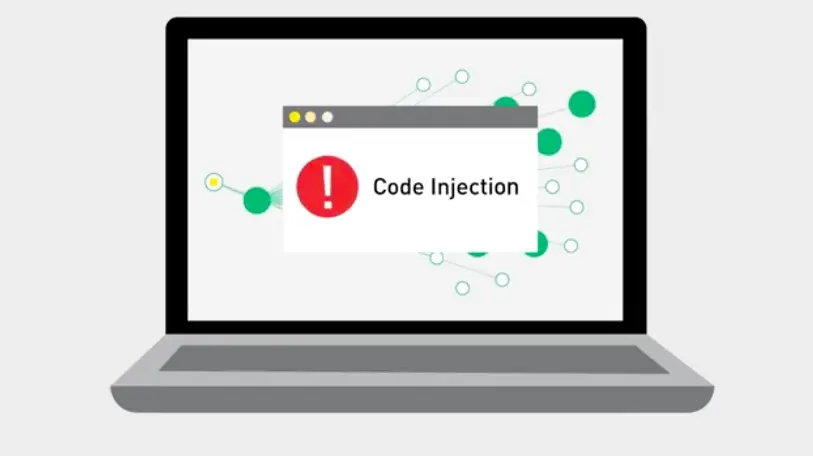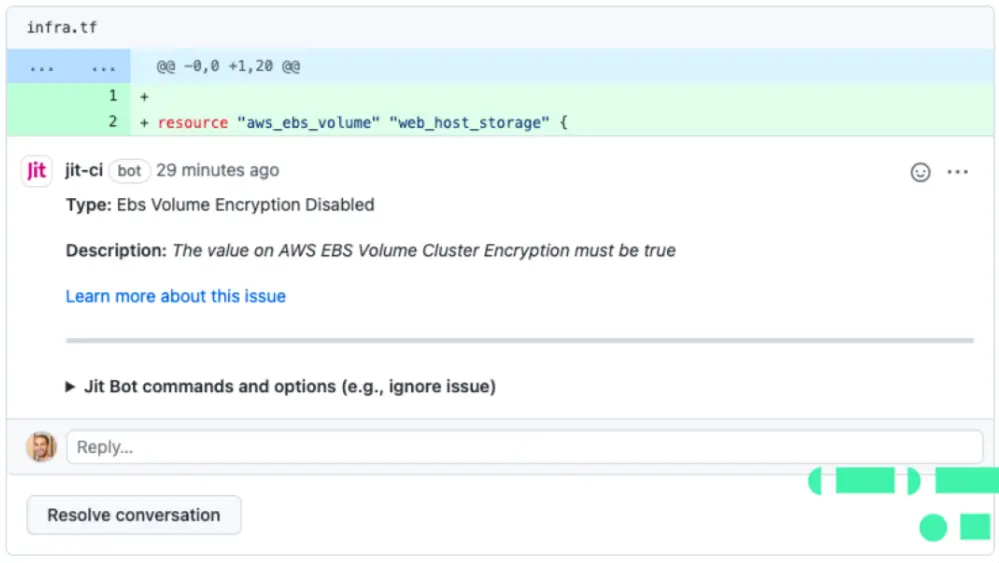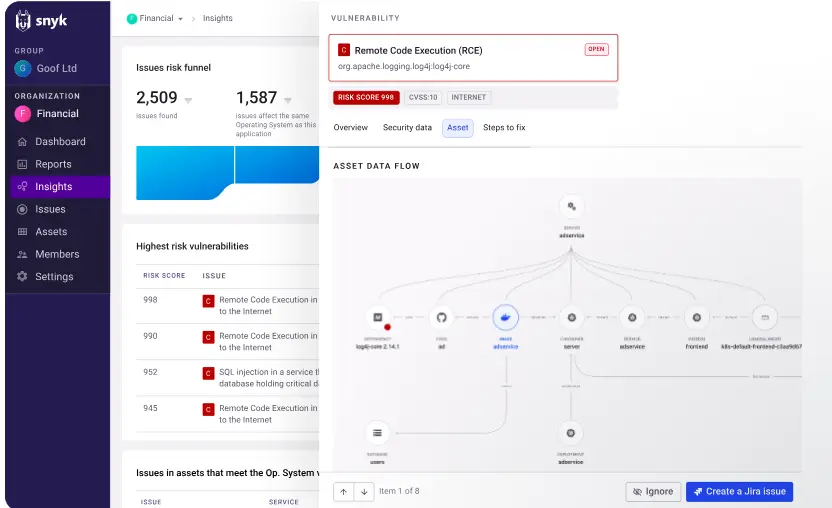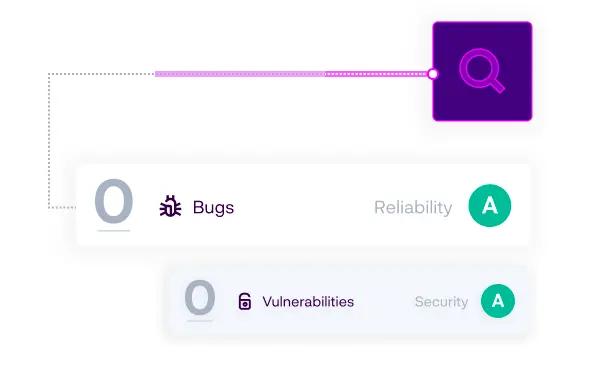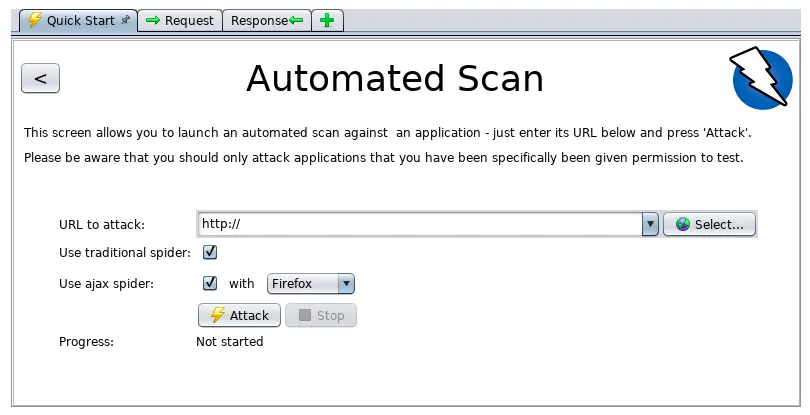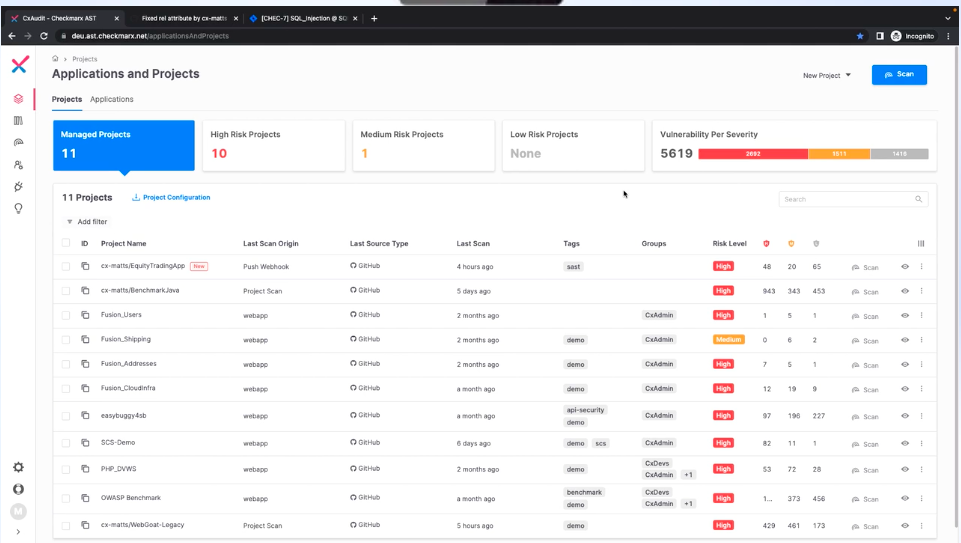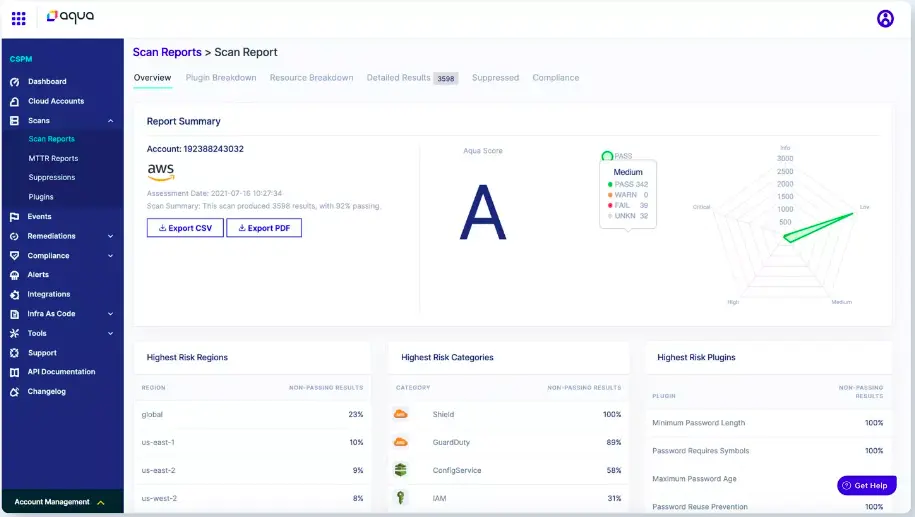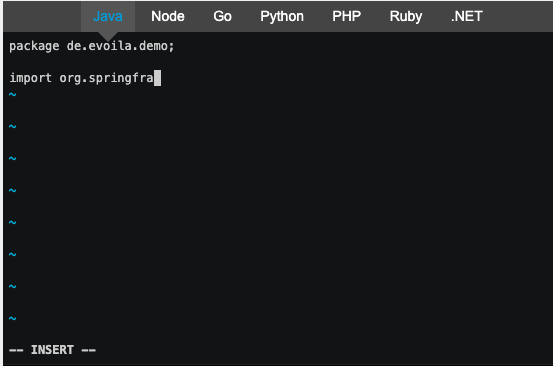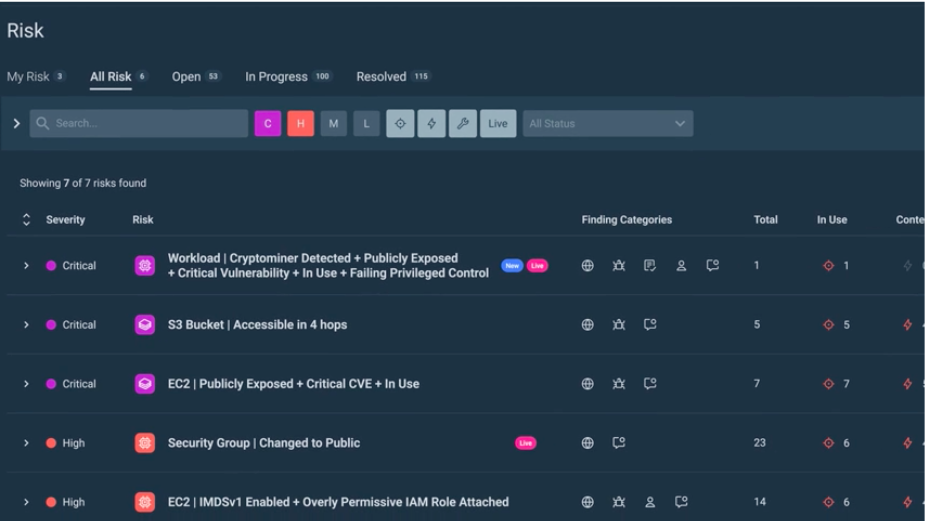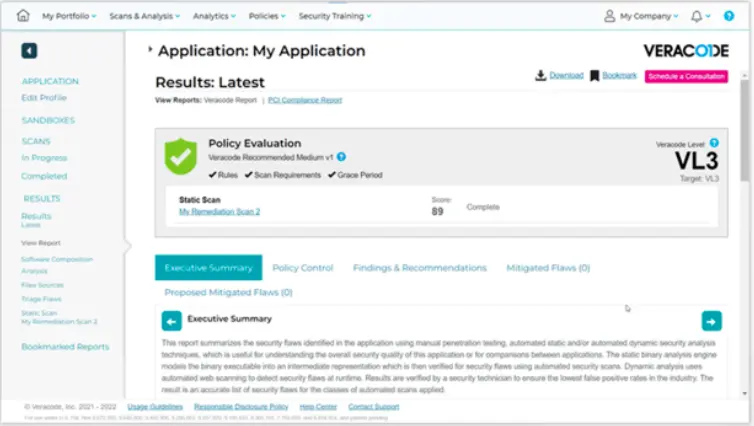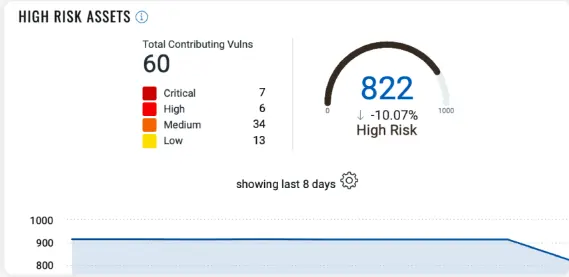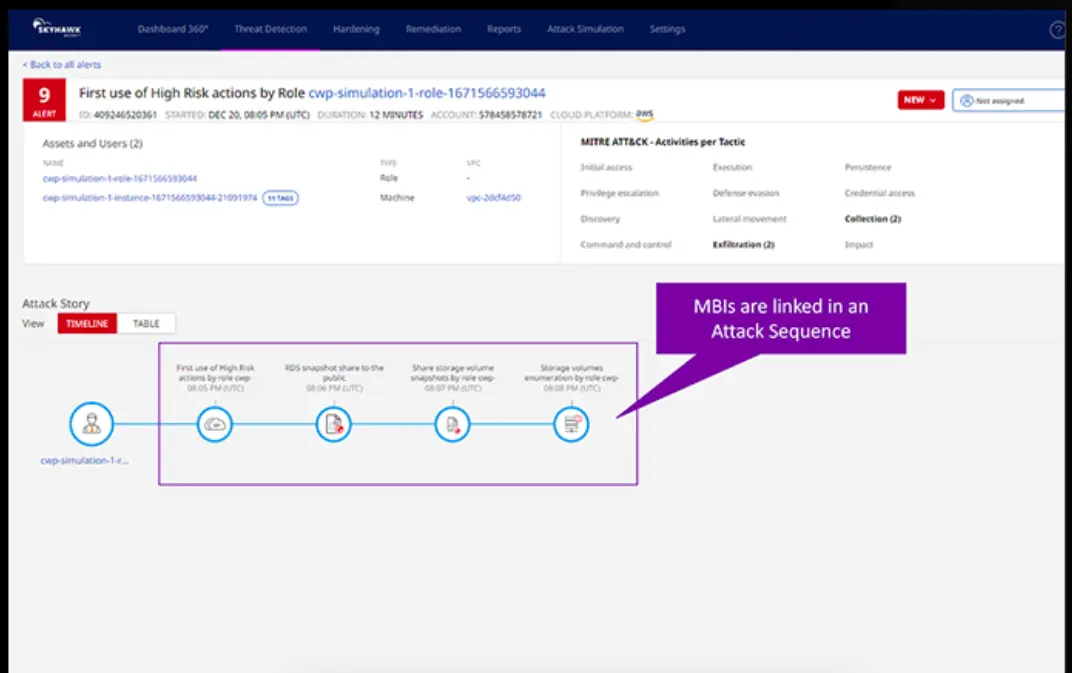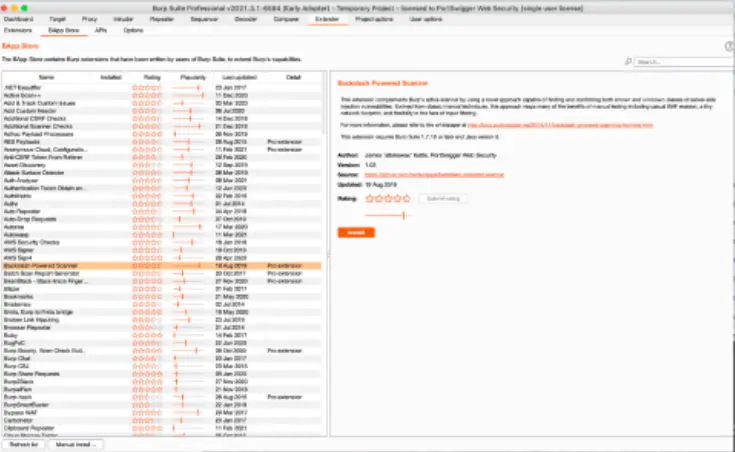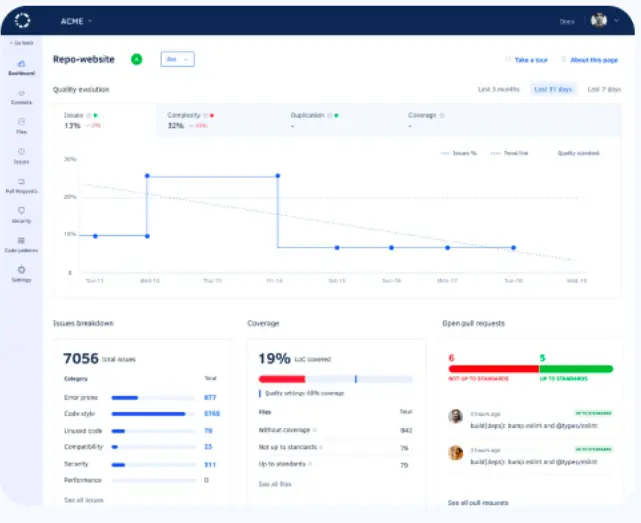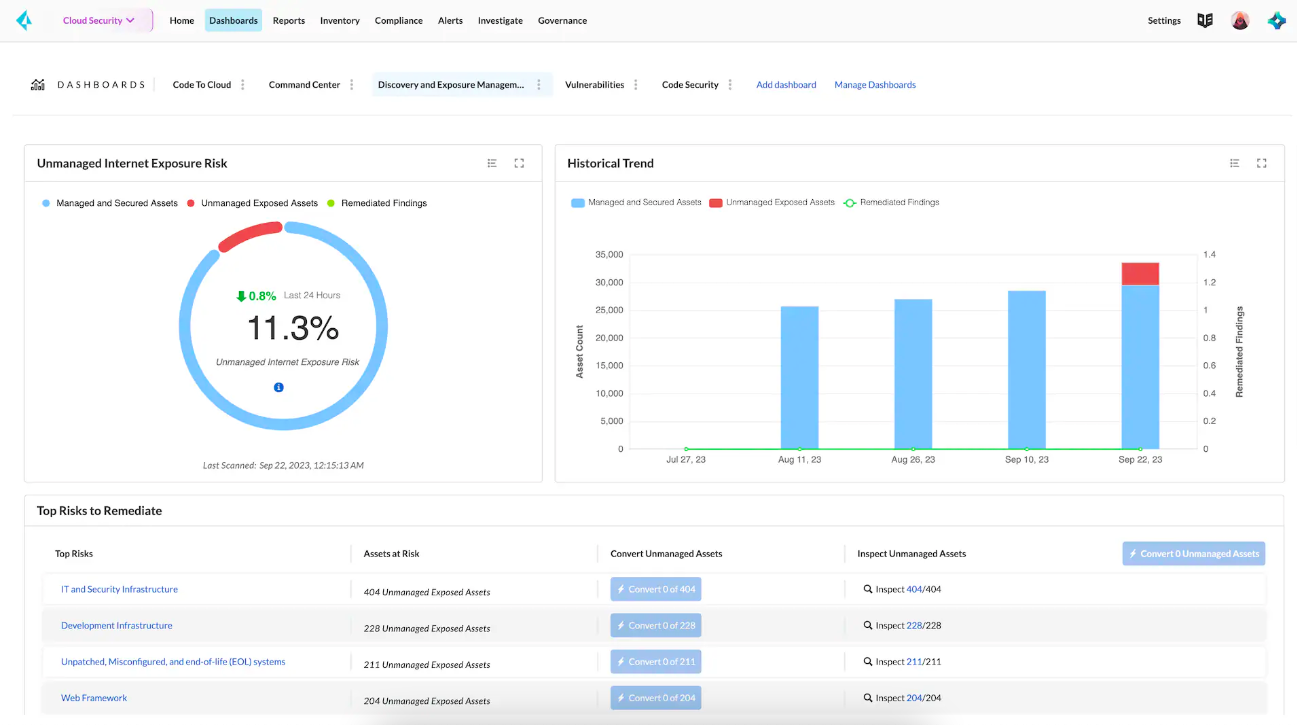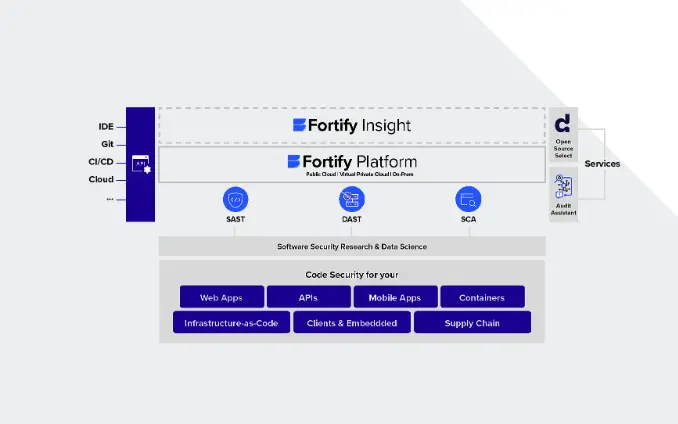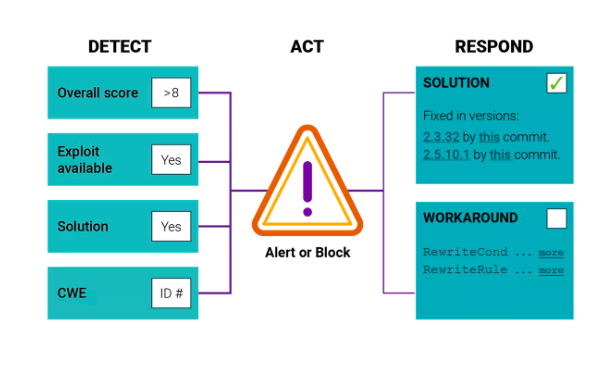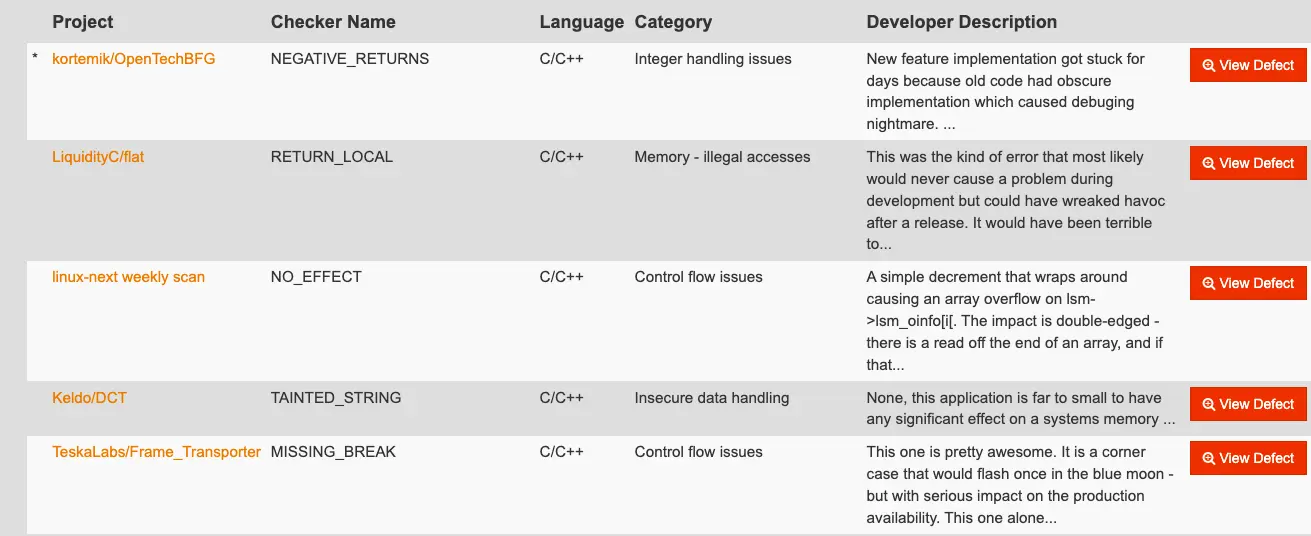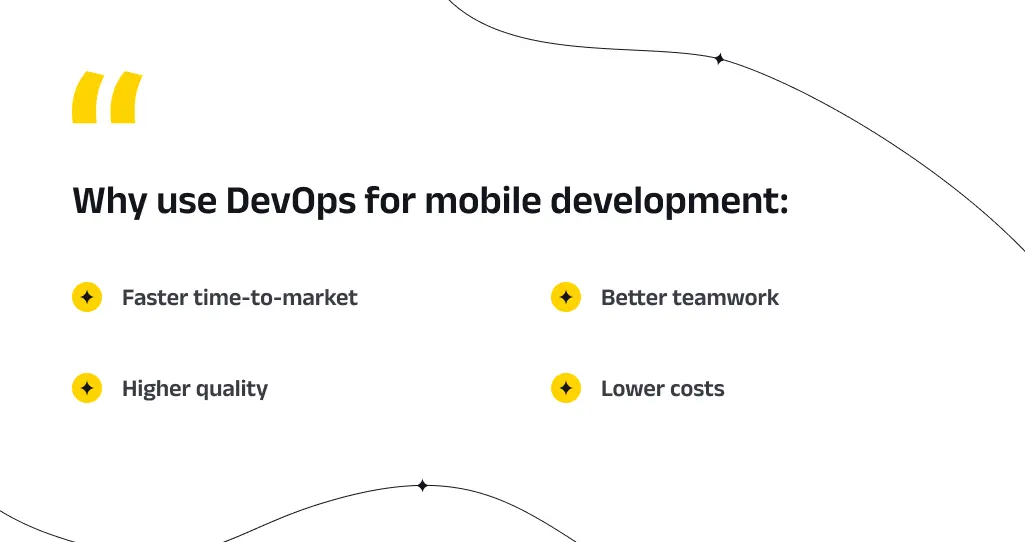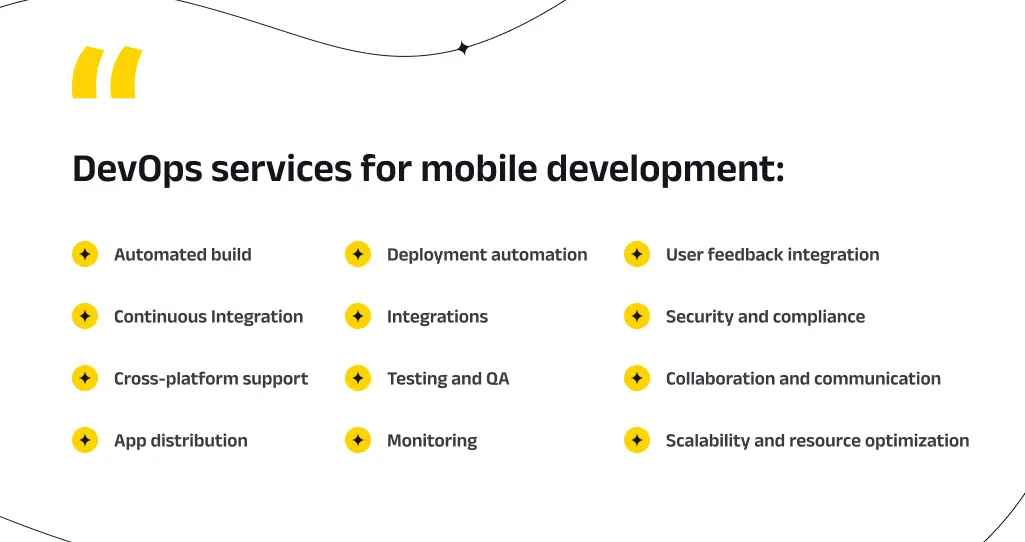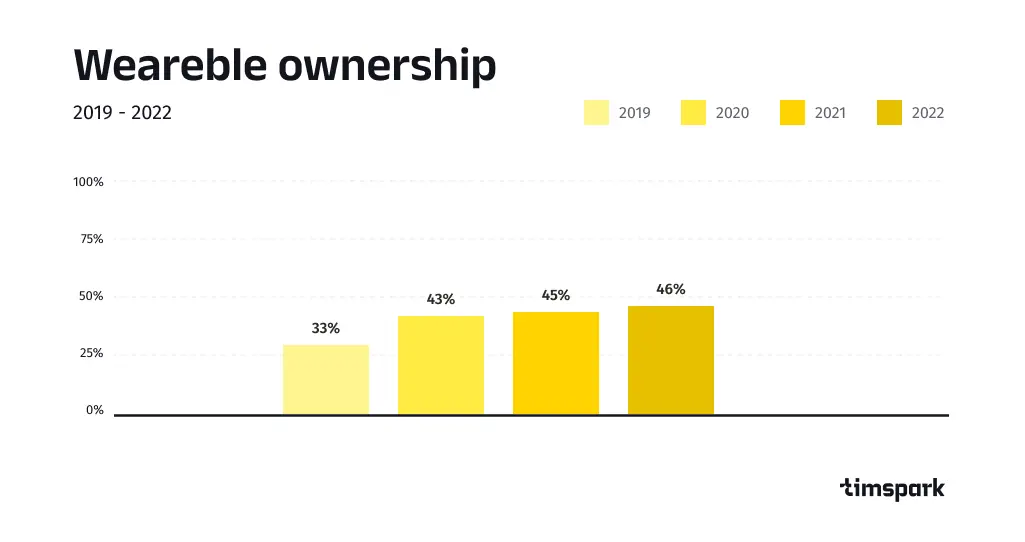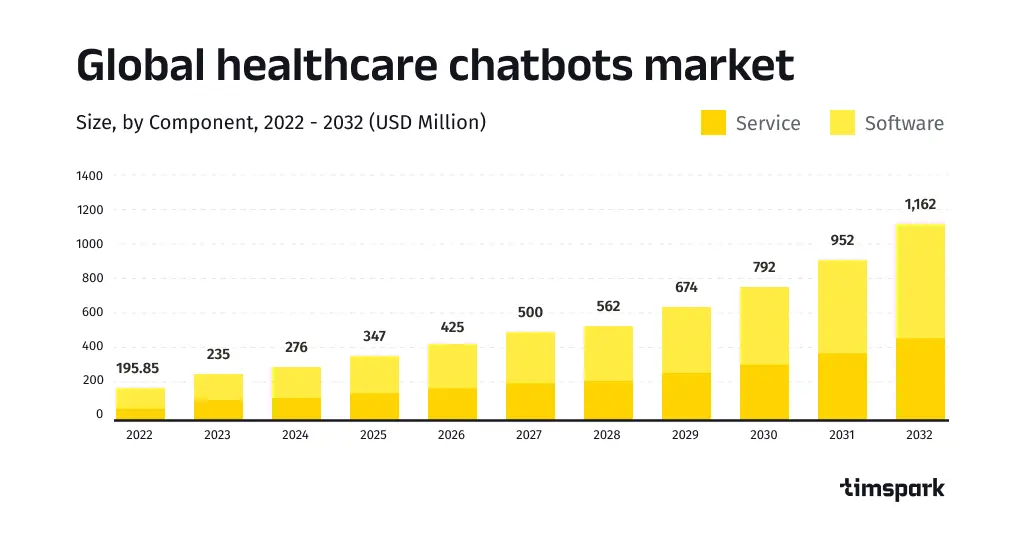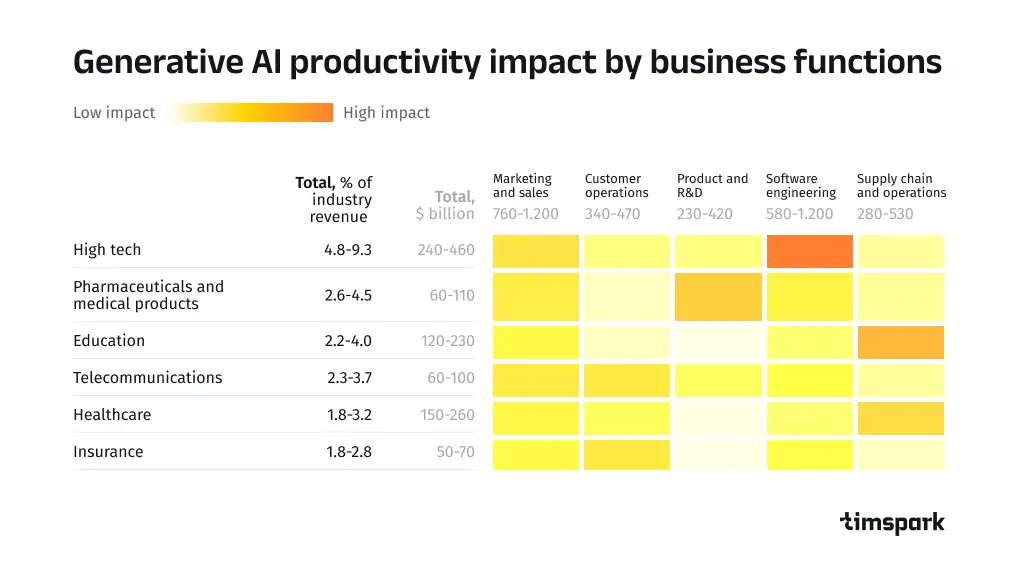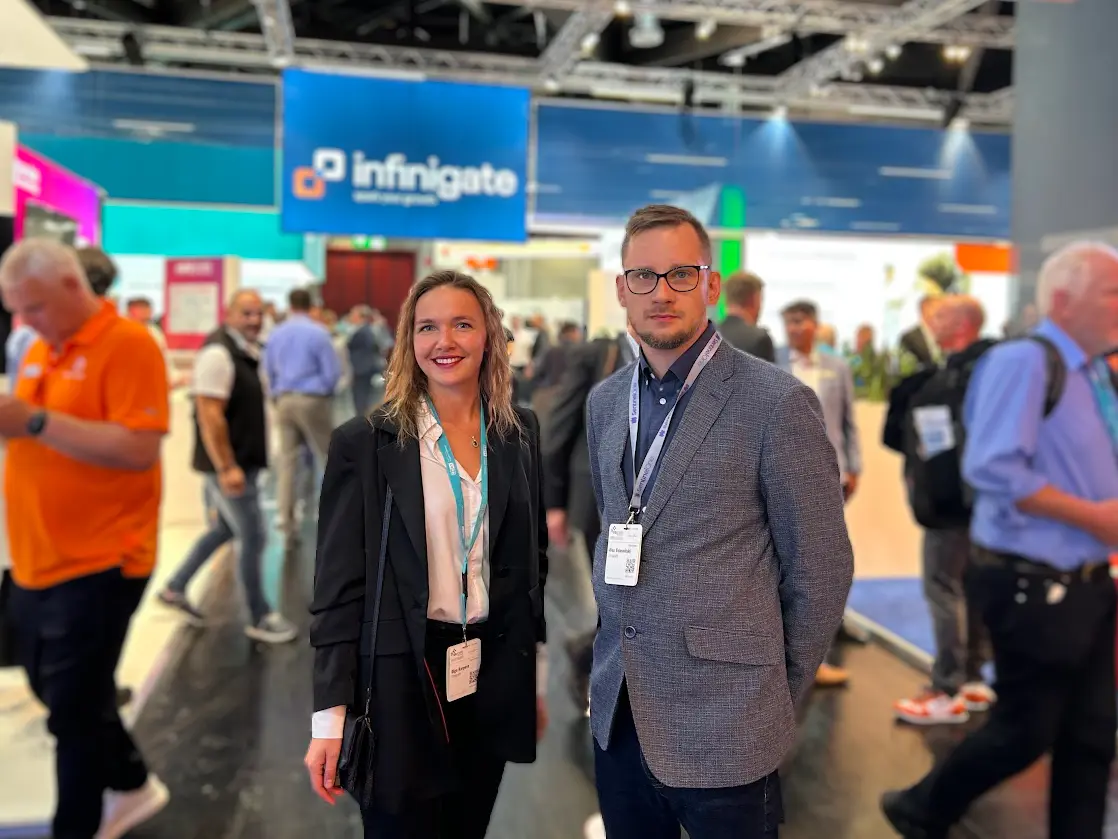Timspark’s Journey Through Europe’s IT Events in November 2023
This November, Timspark navigated through Europe’s most innovative IT events in November 2023. Dive into our experiences at distinguished and vibrant MEDICA, Websummit, BIM World Munich, and Slush — profound insights as well as a sneak peek into our plans for 2024 included!
1. MEDICA – Leading International Trade Fair
Timspark made a significant presence at MEDICA 2023 in Düsseldorf, Germany. Samuel Krendel, Head of Partnerships, and Alex Velesnitski, our Chief Technology Officer, led our team. We observed a strong demand for telehealth solutions and IoT wearable sensors, which reflects the current technology trends in healthcare.
The MEDICA 2023 event in Düsseldorf was a showcase of significant advancements and diverse innovations in the healthcare sector. This leading B2B trade fair attracted over 5,300 exhibitors from nearly 70 countries. The exhibitors showcased new products and services across a range of fields, including medical consumables, medical imaging, laboratory technology, diagnostics, health IT, mobile health, and physiotherapy/orthopedic technology. Here are some of the many highlights.
– Fraunhofer IDMT’s radar technology: This novel method for collecting and analyzing radar data from the human body has applications in both medicine and automotive fields. It enables non-contact vital data collection, enhancing the potential for monitoring vital signs like respiration and heartbeat pulse.
– Beurer’s blood pressure monitors with AFib function: These monitors, equipped with an integrated AFib function, aid in the early detection of atrial fibrillation, contributing significantly to stroke prevention.
– Securer’s high-tech respiratory mask: Nominated for the German Medical Award, this mask features integrated UVC LED light disinfection, offering comprehensive protection against viruses and bacteria.
– Austco global and Vayyar care partnership: This collaboration introduces touchless, camera-free fall detection and activity monitoring, tailoring solutions for independent living, aged care, remote patient monitoring, and dementia/memory care.
– HopeCare and Microsoft’s telemedicine collaboration: Pivotal in Austrian healthcare, this partnership focuses on health apps, virtual doctor consultations, and e-prescriptions, demonstrating a commitment to early risk detection and secure data transmission.
The event also showcased innovative products like the “SmartID Demonstrator” for recognizing counterfeit medicines using smartphones, the “Icebein” cryotherapy system, Beurer’s emergency bracelet “EC 70 SafePlus” with fall detection, and robotics solutions by KUKA for diagnostics, therapy, and rehabilitation. Additionally, a “pocket-sized electron microscope” from Meiluft was on display for detecting tiny particles in air and liquids, highlighting the potential for monitoring infectious diseases and drinking water quality.
These innovations represent just a fraction of the groundbreaking developments and collaborations, demonstrating the significance of MEDICA 2023 in driving forward the healthcare industry.

2. Websummit in Lisbon
Web Summit 2023 in Lisbon was a remarkable event featuring a wide array of discussions, innovations, and insights from various sectors. The event’s focus was on critical conversations about technology, society, and innovation, with a significant emphasis on AI’s role and impact across different industries.
The grand scale
This year’s Web Summit 2023 was a showcase of technological grandeur, with five exhibition halls hosting over 2,000 startups. A vibrant and lively event, it drew more than 70,000 attendees, each brimming with innovative ideas and energy.
A standout talk addressed the nostalgia for the early, open internet, emphasizing the need for a democratic web that fosters broad contributions, especially in the current economic climate. This perspective highlighted the importance of maintaining openness in technological and human aspects of the internet.
Another highlight was innovative booths for companies and countries that could stand out with independent keynotes and offer a lasting immersive experience for attendees. For instance, Shell presented insightful discussions on digital innovation in their global organization.
The event also showcased the vibrant Austrian tech scene. The independent booth was a notable attraction, with engaging setups like a Red Bull Formula 1 car and a ski lift gondola for meetings, drawing attention to Austria’s business ecosystem.
The Product Stage was particularly engaging. It offered insights into the role of product managers in the generative AI revolution, AI-supported apps, and market research into Gen Z for building next-generation digital products.
Networking and insights
Our team engaged in about 40 intensive meetings, primarily with companies in AI, Fintech, IoT, Cybersecurity, and Data. Though we couldn’t meet everyone, the interactions we had were rich in insights.
Notable connections
The connections made were invaluable, focusing on enhancing and strengthening our business networks. We had enlightening exchanges with several companies, discussing potential cooperations and shared visions.
AI development
The overriding theme of the event was Artificial Intelligence (AI), with discussions spanning how AI is reshaping various sectors, from healthcare to dentistry, and its broader societal impacts. These conversations ranged from real-world applications to more opinion-based discussions.
Finnish startups showcased their unique solutions, with a focus on psychological sustainability, legal online platforms, sustainable energy storage solutions, personalized video funnels, AI and machine learning-powered enterprise tools, and remote monitoring of production equipment.
The event also examined the influence of AI on startups and the tech industry and debated its future impact and the challenges it poses. This included discussions on AI regulation and its role in business growth, education, and ethical considerations.
In conclusion
Overall, Web Summit 2023 was an inspirational gathering, a melting pot of innovative minds and forward-thinking ideas. We left energized, ready to explore new opportunities that lie ahead.
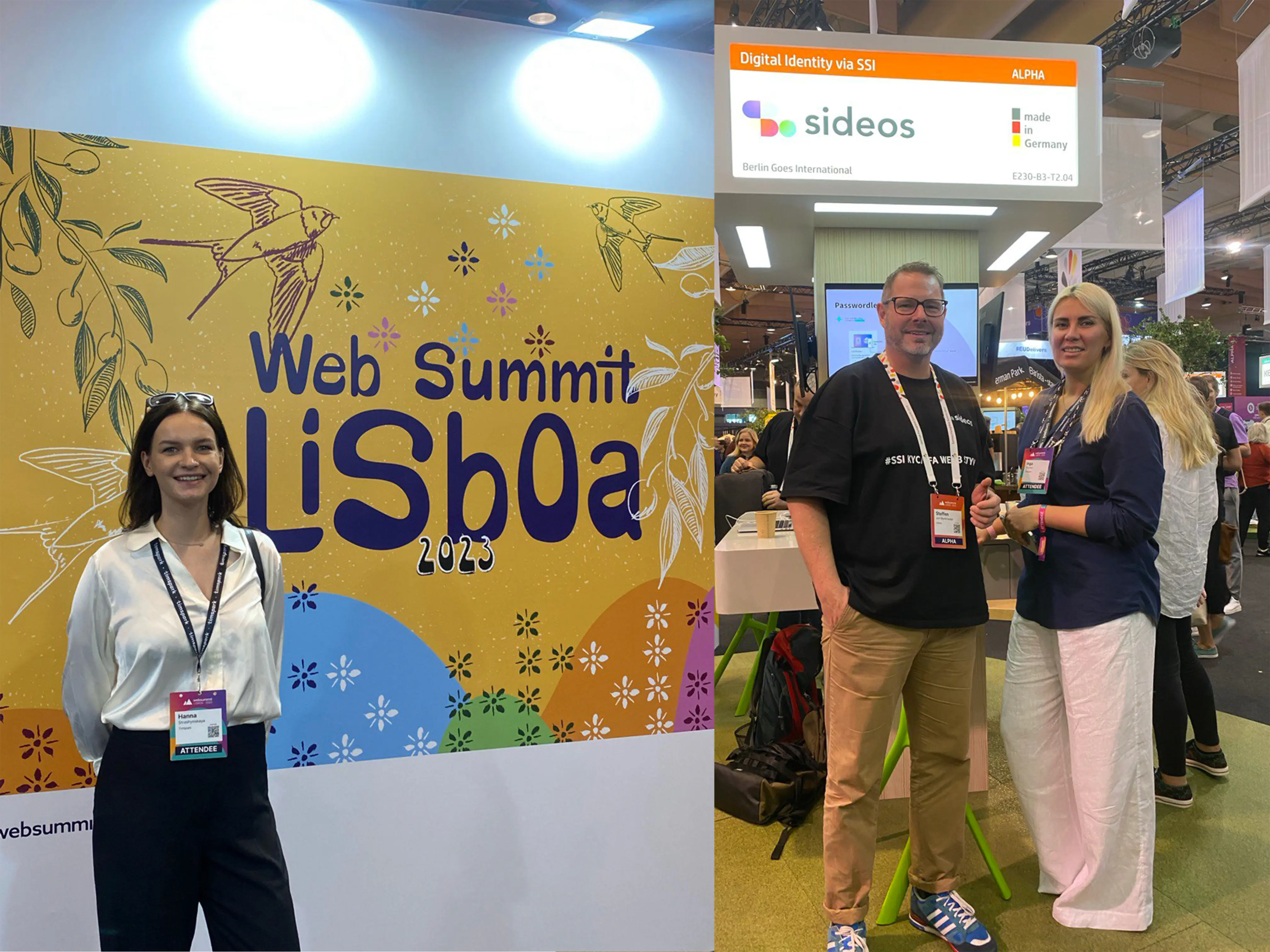
3. BIM World MUNICH
BIM World Munich 2023 was a pivotal event that highlighted the significant advancements and innovations in digital construction planning and execution. It brought together participants from over 68 countries, solidifying its status as a leading international trendsetter for the construction, real estate, and facility management industries.
The 2023 edition of BIM World Munich attracted more than 7,800 visitors and over 200 exhibitors and featured over 250 international expert presentations. A key focus of the event was BIM4NetZero, which emphasized resource-saving construction and operation, as well as sustainable building material cycles. This theme resonated strongly with experts and underscored the growing importance of ecological responsibility in the construction industry.
Another highlight was the BIM Town Innovation Area, which served as a hub for innovative products and services. This area featured the BIM Town start-ups and the 40 finalists of the 6th Smart Building Smart Construction Innovation World Cup®. The event culminated with Sodex Innovations from Austria being named the winner, demonstrating the dynamic and competitive nature of the industry.
In summary, BIM World Munich 2023 was a landmark event that served as an important platform for discussing and promoting digital innovation in the construction industry, with a strong focus on sustainability and ecological responsibility.

4. Slush 2023 in Helsinki
Slush 2023 in Helsinki stood out as a significant event focusing on startups, venture capital, and the impact of Artificial Intelligence (AI) in the tech industry. The conference, described as “the most founder-focused event on earth,” brought together founders, entrepreneurs, investors, and other key players from the global startup ecosystem.
One of the main highlights of Slush 2023 was its emphasis on AI. Discussions and presentations centered on the role, impact, and application of AI in various industries.
Another notable aspect of Slush 2023 was the array of side events and networking opportunities it offered. These events provided platforms for participants to build valuable relationships and networks, particularly in the venture capital and private equity markets. The presence of international fund investors and general partners at these side events underscored the event’s role in facilitating the growth and internationalization of Finnish startups and growth companies.
Slush 2023 also highlighted the importance of diversity and inclusion in the tech and venture capital ecosystem.
In terms of content, Slush 2023 focused on practical advice for founders navigating the ongoing tech downturn. Topics included scaling companies, overcoming growth-related challenges, global expansion, and strategies for customer acquisition. Our representatives Konstantin Kariapin and Alex Velesnitski, engaged deeply in the realms of AI and business. Sessions on “Automating Legal Aid with NLP” and “ChatGPT Conversational Intelligence” were particularly enlightening.
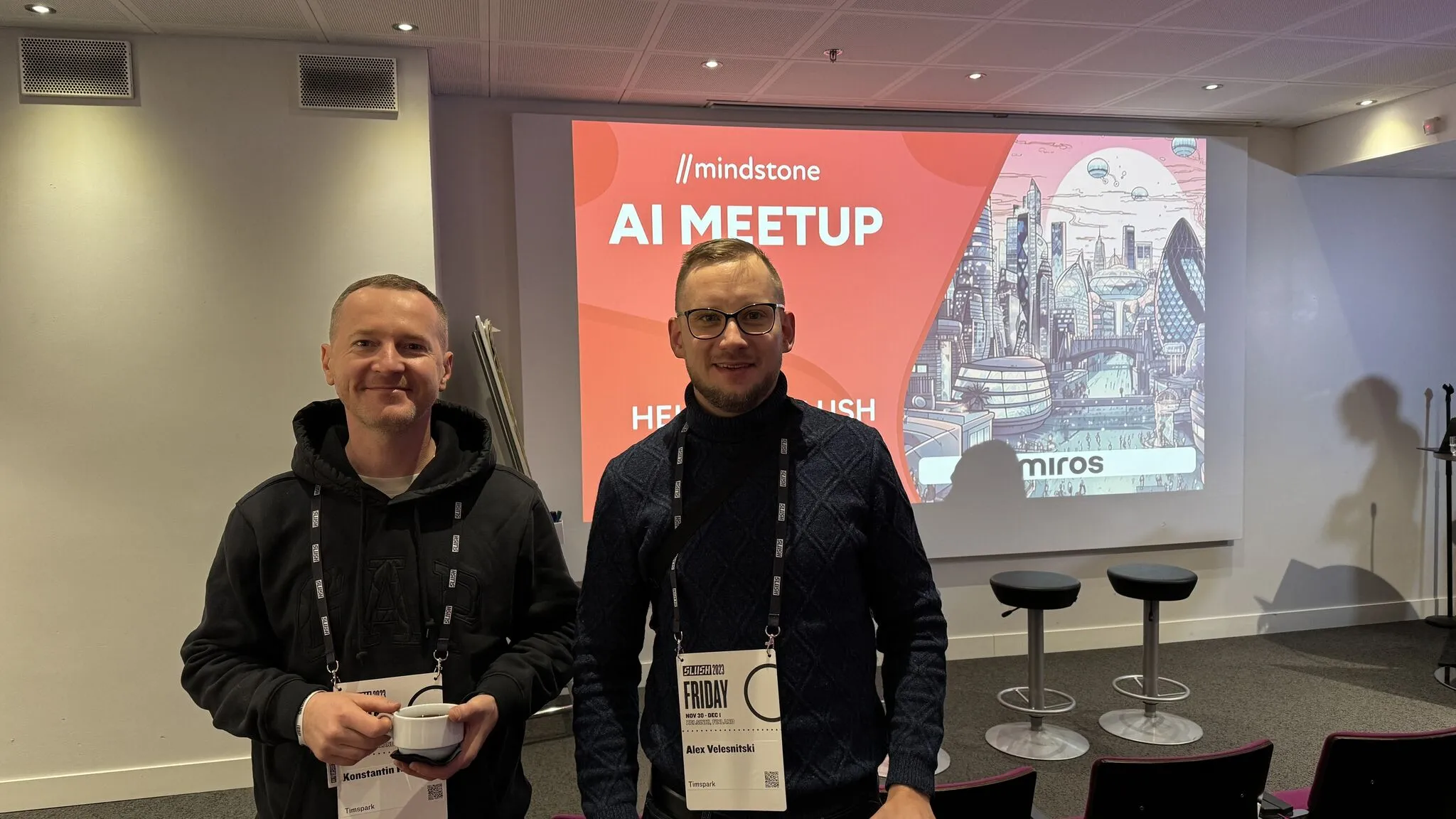
Conclusion and Plans for 2024
As we wrap up our 2023 journeys, Timspark looks forward to continuing our exploration of innovative events in 2024. Stay tuned for our upcoming plans and the exciting opportunities that await us in the world of technology and business innovation.
Join us in this continuous journey of discovery and innovation. We’re just getting started!



